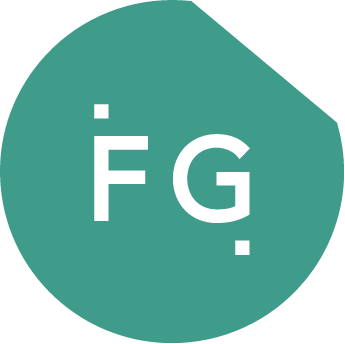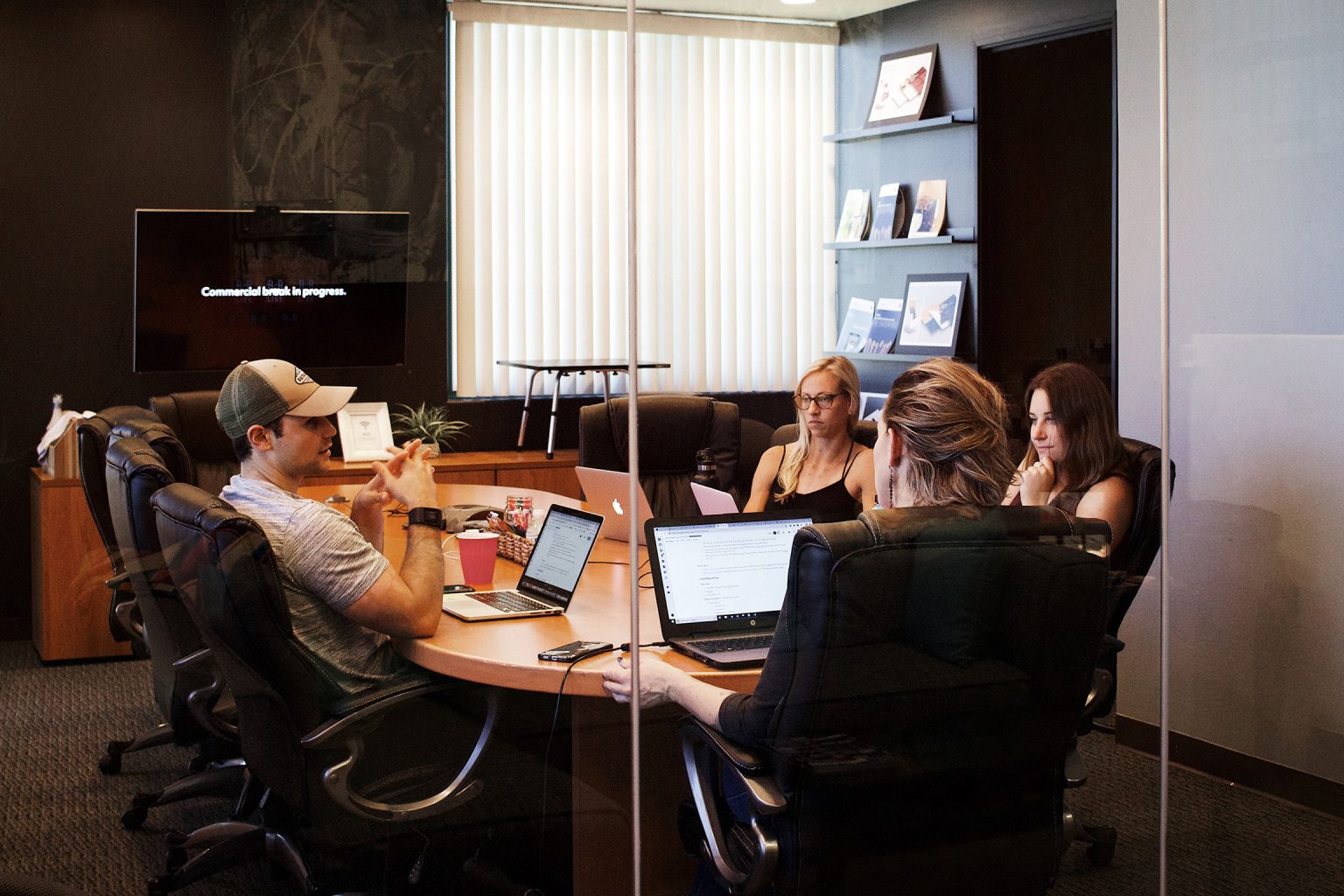As a part of a global research effort around how the future of work has unfolded in 2020 called Go Forward To Work, we closed off the year by co-hosting a focus group with Dell Technologies tailored for CHROs and their CIO counterparts who are leading the future of work initiatives at each of their companies.
The group dove deep into the topic of workforce redesign. We were most keen to explore what are the most urgent questions that these leaders and their teams are asking and trying to solve for going forward into 2021 and beyond.
What Dell Technologies’ Digital Transformation Index (DT Index) research and our discussion focusing on the workplace redesign have shown is that the Covid-19 pandemic has blown the lid off what was traditionally accepted as standard workplace design.
Eight in ten businesses have fast-tracked digital transformation and 79% are reinventing their business model as a result of the disruption caused by the pandemic.
There has never been a better time to rethink and reimagine what the workforce of the future looks like for your company.
These are some of the key questions the most ambitious and innovative companies in the world are asking right now when thinking about redesigning their workforce, organized in four main areas of impact.
Your North Star
As a part of Ferrazzi Greenlight coaching approach, we ask teams what their ultimate mission, their North Star, is and what the world will look like when we get there.
It’s a powerful question to bring back focus to the core mission of their day-to-day activities, and make sure everyone is connected to their businesses’ broader strategy, as a part of the collaborative problem solving process at Ferrazzi Greenlight.
For the dozens of executives in our focus group, three consistent themes emerged as part of their driving motivation to redesign their workforce: improved culture, collaboration and connectivity. Even more so, the topic about their North Star as an organization and a leader was expanded both in scope and speed with the follow-up questions below:
- In 2026, when you describe the success of your company, what impact would you see in your business, your customers and the communities you serve?
- What would need to be true today for this impact to happen twice as fast?
Behavior Engineering
This is a surgical approach to what behaviors and competencies we have today and what we will need to transform to meet our strategic objectives. Typically, this is not the curation of the executives of the company, but instead the purview of the chief learning officers of the company.
This team agreed, however, that the role of HR, learning and development would be to facilitate business leaders to actively co-create the roadmap transforming these behaviors in the same way they would re-engineer a process.
These are the top questions leaders are solving for here:
- In 2026, if you are describing the incredible success of our company, what specifically would you be saying about the people who created this success, that is different from today?
- What roles need to change to meet these shifts?
- What are the optimal conditions, e.g. organizational and incentive structures, to foster and reinforce these behaviors?
Lego Block Workforce
If your workforce is built on a series of modular skills and capabilities, Lego blocks, you are more likely to remain agile and succeed in an environment of ambiguity and change.
The most enduring skill for any employee across different roles, levels or industries, remains their capacity to learn and adapt. It is not easy to develop in your workforce, as it requires striking the right balance of culture, capabilities and incentives.
When done right, however, executives in our research agree that it creates an empowered workforce where each employee learns, adapts and grows at their own pace with their organization’s North Star in mind.
- What skills and capabilities are the most critical going forward and offer us a true competitive advantage? Which ones do we need to own, partner and build at a surgical level?
- How do we develop the next generation of leaders in a more remote world?
- What are the optimal models for continuous learning that reinforce feedback loops, personalize development paths and accommodate different human interaction for different personality types?
Future Forward vs. Business as Usual
Our research into organizations that are successfully deploying future-forward models of work has revealed a key commonality: their discipline and focus have shifted to next-gen behaviors and the opportunities ahead rather than the activities, tools or resources no longer accessible.
With that in mind, a series of questions resurfaced when it came to tools and strategies needed to let go of old models of recruiting, retaining, evaluating and developing talent for example.
“If we expect our employees to continuously adapt and learn based on the constantly changing pandemic reality, shouldn’t we expect the same from organizations?” asks healthcare executive and Go Forward to Work faculty member Mariya Filipova. Indeed, companies that have found a way to decentralize and shorten their experimentation and learning cycle are the ones who thrive in today’s reality. The push and pull between future forward initiatives and the demands of the business comes through in the questions below.
- How do we achieve agility without sacrificing collaboration?
- How do we experiment safely in a risk averse environment?
- How do we launch new businesses while keeping the old operations running?
- Dell research shows that AI is on track to become our work partner, and do the things we don’t want to do or can’t do. How do we prepare for this?
We see tension between the new and existing models as a constructive way to come up with stronger solutions to these questions and increase the likelihood of their adoption.
At Ferrazzi Greenlight, we continue to share recent experiences and ideas with a select group of leaders committed to impactful transformation and invite others to join the conversation.






